Understanding Benign Paroxysmal Positional Vertigo (BPPV)
Photo credit: Radvilas Seputis (@radvilas)
Benign Paroxysmal Positional Vertigo (BPPV)
If you have ever experienced any vertigo symptoms, you know it can really put a wrench in the works of your everyday life. However, it doesn’t have to become a permanent part of your life with right treatment and day-to-day modifications! While some vestibular disorders have more complex causes, a significant amount of cases are diagnosed as Benign Paroxysmal Positional Vertigo (BPPV). Not only is BPPV one of the more common disorders of the vestibular system but it’s also one of the easiest to treat!
What is it?
A condition that is not inherently harmful, comes on suddenly and for a brief amount of time, comes on only in certain head positions, and elicits a sense of the room spinning.
Our inner ear has three fluid filled semicircular canals (SCC) that are depicted in this image below. These canals play a role in maintaining our sense of balance during movement. There are little crystals that are about the size of a grain of sand located at the base of these canals. Normally the crystals are attached to the base (called ampulla). These crystals are responsible for giving our brain a sense of direction during different head movements. However, sometimes with trauma or older age, the crystals will detach from the base and will end up free-floating in the canal. This free-floating crystal results in incorrect signals being sent to the brain resulting in a false sense of the room spinning, known as vertigo. In order to get rid of this sensation, the crystals need to come back to the base of the canal.
Physical Therapy and Vestibular Rehabilitation
In 85% of the cases it is the posterior SCC that is affected. One of the treatments to return the crystal back to the base of the canal is the Epley’s maneuver (shown here in the image below). This maneuver places the head into different positions resulting in the crystal moving through the canal, which does elicit the symptoms of vertigo during. Usually one to two treatments are sufficient to return the crystal back to the base.
There is a higher chance of having BPPV if you have already had one incident or have been in a significant trauma where the head was jerked around suddenly.
Depending on how long the crystal has been dislodged and free-floating in the canal, it may take some time for the body to return to a balanced state. For example, if the crystal has been dislodged for 5 years, the body will have adapted to that state and it may take a couple weeks for the body to become used to the new normal state. However, there are exercises that can help with this transition to the new normal. These exercises will include training your ear and eye coordination, balance, and habituation to specific movements. This type of rehabilitation can be thought of as strengthening exercises for your inner ear.
If you think you may have BPPV, know that there are very effective treatments out there that will help you get back to doing the things you love!
Call us at 780-424-4804 or book your appointment online with a certified Vestibular Therapist!
Written by: Anastasia Muchinsky, MScPT




